The issue of restaurant food waste is a growing concern, demanding urgent attention and innovative solutions.
As we move into 2026, understanding restaurant food waste statistics is more important than ever.
This includes not only the sheer volume and economic impact but also the increasing consumer demand for sustainable practices.
How Much Food Do Restaurants Waste?
Trying to get a handle on just how much food restaurants throw away each year can be overwhelming, but the numbers really do tell the story.
We're talking about U.S. restaurants generating somewhere between 22 and 33 billion pounds of food waste each year!

That's an absolutely staggering amount, and it really highlights just how inefficient our food system can be.
So, where does all this waste come from?
A lot of it is due to overstocked ingredients that expire before they're used, mistakes made while prepping food, portion sizes that are way too big and just not managing inventory very well.
It all adds up to a tremendous amount of food being tossed out each year.
Top Causes of Restaurant Food Waste
On average, restaurants waste between 4% and 10% of all food they purchase.
While precise numbers vary based on the location and type of establishment, there is always a high percentage of spoilage.
The specific causes of the spoilage might include:
- Improper stock rotation: Old products are used first, leaving new items to spoil.
- Insufficient inventory monitoring: This leads to businesses being unaware of what items are going bad until it is too late.
- Improper conditions: Food needs to be stored at the correct temperature to ensure safety and long life.
- Contamination: Open food may become contaminated, further reducing its lifespan.
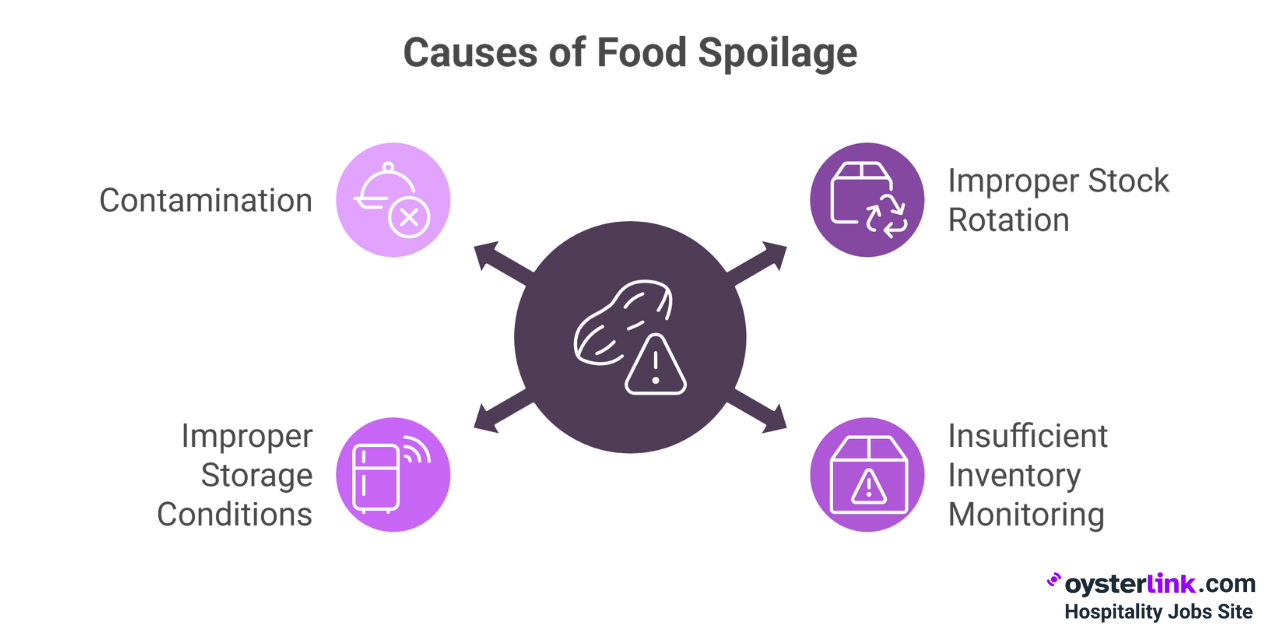
What Happens to Restaurant Food Waste?
While some restaurants are actively working to reduce their waste footprint, the unfortunate reality is that the vast majority of unused food in U.S. restaurants doesn't get a second chance.
The numbers reveal that over 84% of it ends up being disposed of, going straight to landfills.
This stark figure contrasts sharply with the much smaller percentages that are recycled (14.3%) or, even more rarely, donated (1.4%).
Recycling efforts might include composting food scraps or sending them to animal feed operations, while donations involve working with local food banks or charities to provide meals to those in need.
Restaurant Food Waste and Landfills: Environmental Impact
When we think about landfills, we often picture mountains of trash, but what's really happening underneath the surface?
Food waste from restaurants makes up a pretty big chunk of what ends up there — about 15%.
The problem is, landfills aren't just ugly; they're actually contributing to a whole host of environmental issues.
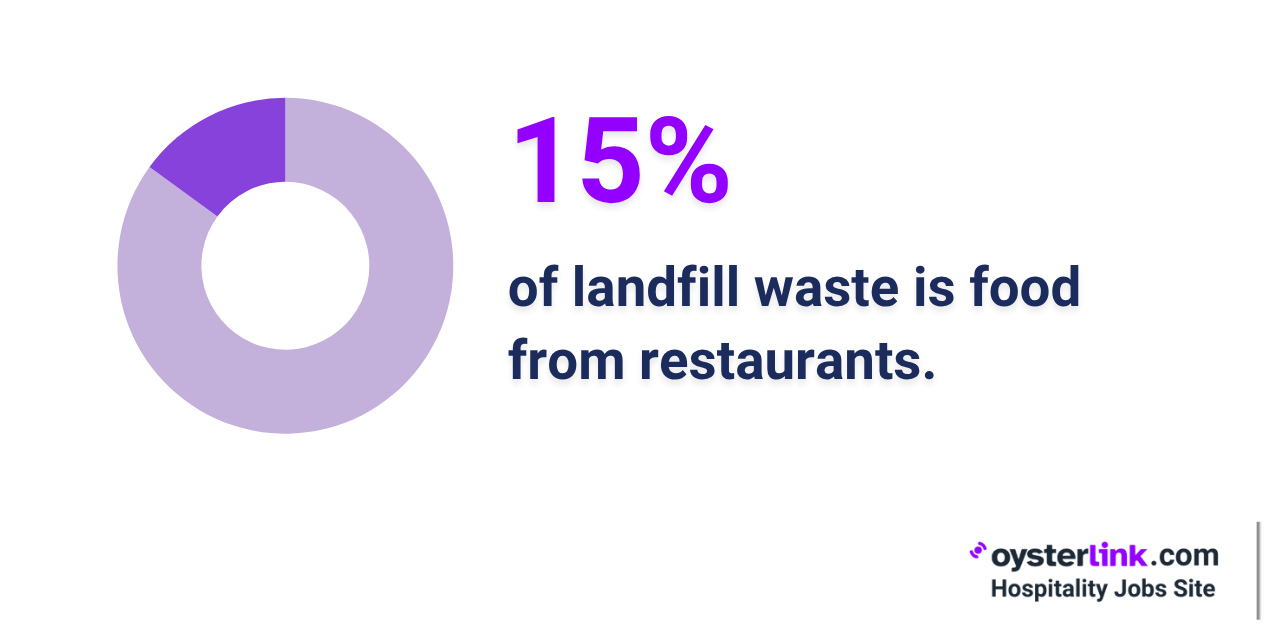
As all that organic stuff breaks down, it creates methane, which is a really powerful greenhouse gas — even more potent than carbon dioxide when it comes to warming the planet.
Since restaurants contribute a large portion of what's in our landfills, they're in a unique position to help fix this.
Exploring waste-reduction options is critical for them and for all of us!
Economic Impact of Restaurant Food Waste: Costs, Losses, and Missed Opportunities
The financial implications of food waste in the restaurant industry are staggering.
This wasteful practice costs the industry an estimated $162 billion each year, representing a massive drain on profitability and a significant missed opportunity for resource optimization.
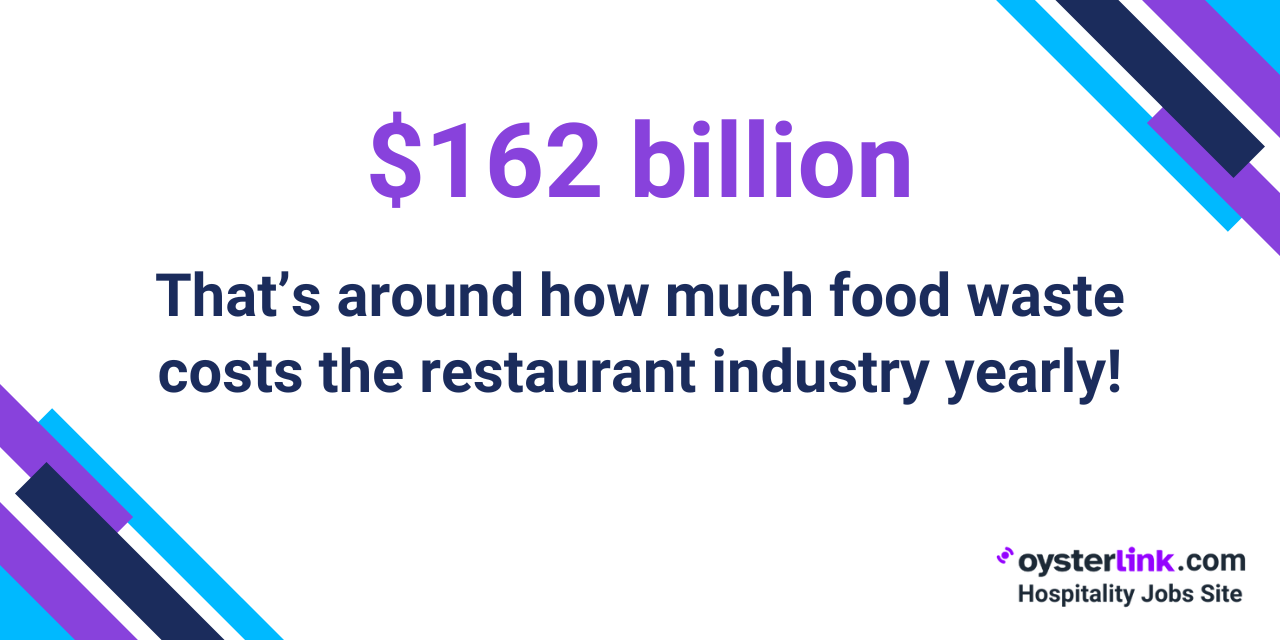
The costs associated with food waste extend far beyond the price of the wasted ingredients themselves.
Restaurants also incur expenses related to storage, handling and disposal of waste, including labor costs, transportation fees and landfill charges.
By reducing food waste, restaurants can streamline their operations, lower their expenses and improve their overall financial performance.
Kitchen Preparation and Restaurant Food Waste: How Efficiency Reduces Waste
What happens behind the scenes in the kitchen is a major driver of waste. By using efficient practices, restaurant owners can greatly reduce the waste that stems from this activity.
Some solutions include:
- Proper training: Ensuring all staff are properly trained to prevent loss during food preparation
- Menu modifications: Looking for ways to adjust menus to lower the amount of parts of food that are wasted during preparation
- Food scraps as food: Getting creative and looking for innovative ways to integrate food that used to be a "scrap" into the dish, such as with vegetable broth
- Proper labeling: Ensuring all food is labeled correctly and dated
Portion Sizes and Restaurant Food Waste: Reducing Waste and Improving Customer Satisfaction
Even when food is prepared perfectly, it may still be wasted if customers don’t eat it.
In the U.S., restaurant patrons leave an average of 17% of their meals uneaten, which often gets tossed rather than saved for later.
This highlights the need for adjusting portion sizes or promoting takeout options to reduce waste.
Several factors can contribute to leftovers, including
- Taste: If patrons don’t like the flavor, they’re unlikely to eat or take home the leftovers.
- Portion size: Often, servings are too large for customers’ appetites.
- Dietary restrictions: Some diners may be limiting calories or carbs, resulting in unused food.
Why Diners Care About Restaurant Food Waste: Sustainable Practices
Consumer attitudes are shifting, and diners are increasingly concerned about the environmental and social impact of their food choices.
Nearly three-quarters of U.S. diners care about how restaurants handle their food waste, signaling a growing consumer demand for sustainable practices.
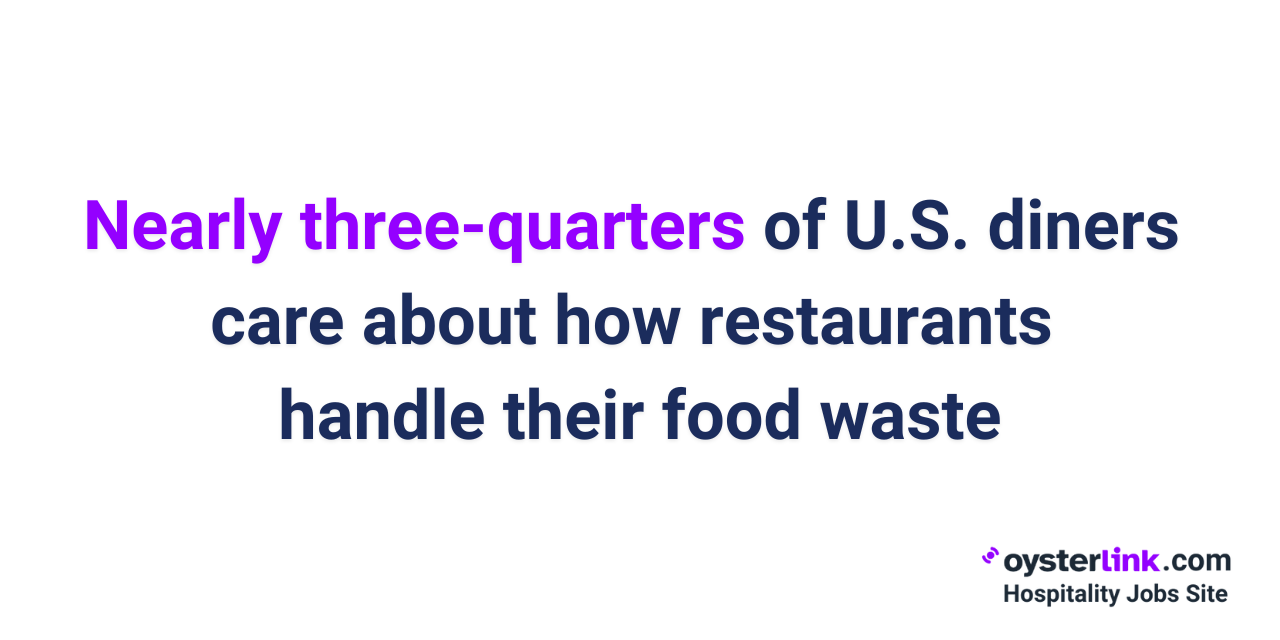
This heightened awareness presents a unique opportunity for restaurants to differentiate themselves, attract environmentally conscious customers and enhance their brand reputation.
Nearly half of restaurant patrons would be willing to spend more to eat at establishments that take deliberate steps toward reducing their food waste footprint.
This willingness to pay a premium for sustainable practices demonstrates the potential for restaurants to increase their revenue while also contributing to a more sustainable future.
Beyond Food Waste: Addressing All Restaurant Trash
While food waste takes center stage in this discussion, it's important to remember that it doesn't paint the whole picture.
Restaurants also generate substantial amounts of other types of trash, including plastic, cardboard, glass and packaging materials.
It is worth taking an in-depth look at all areas of waste and asking the following:
- Where can plastic be replaced by a non-plastic alternative?
- Is there a way to streamline the amount of packaging?
- Can more products be purchased in bulk to reduce individual packaging?
Methodology
The statistics presented in this article are based on recent reports from NPR, the National Restaurant Association, the Food Waste Reduction Alliance and Unilever.
The data from these sources has been combined to offer a comprehensive overview of the restaurant food waste landscape.
About OysterLink
OysterLink is a specialized platform that connects restaurant professionals with employers, making it simple to find top hospitality jobs or hire the right talent efficiently.
For job seekers, it offers salary insights, career advice and access to the best job listings.
For employers, it provides tools to create effective job advertisements, identify suitable candidates and access key business resources.
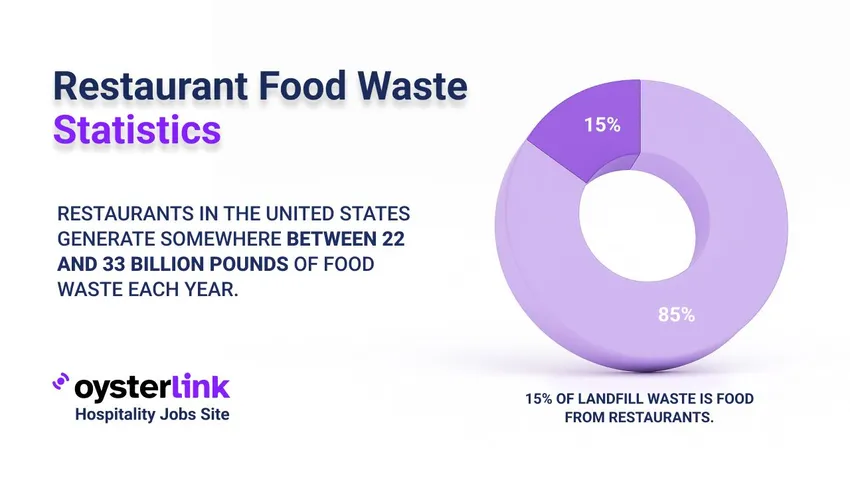




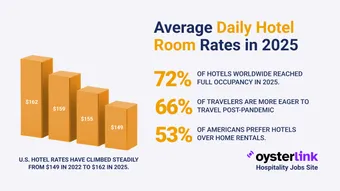



Loading comments...